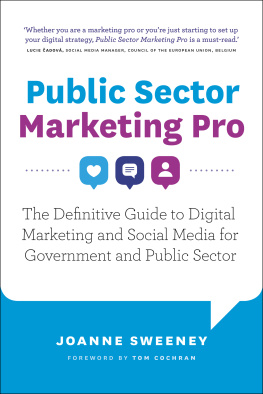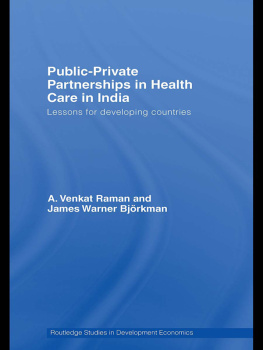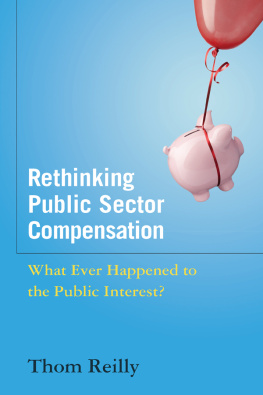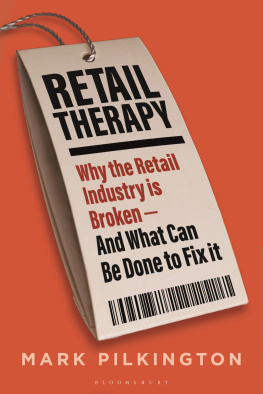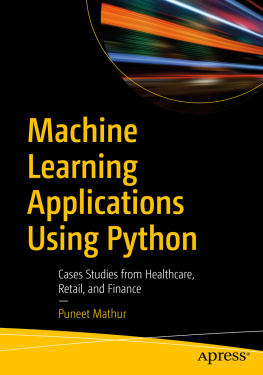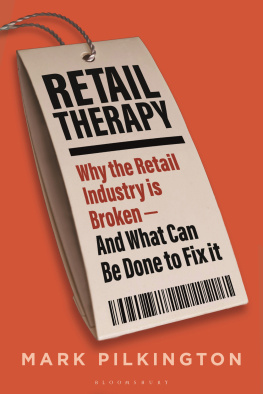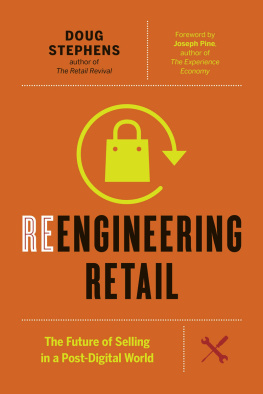First published 2000 by Dartmouth Publishing Company and Ashgate Publishing
Reissued 2018 by Routledge
2 Park Square, Milton Park, Abingdon, Oxon OX14 4RN
711 Third Avenue, New York, NY 10017, USA
Routledge is an imprint of the Taylor & Francis Group, an informa business
Copyright Ann Rosemarie Everton and David Hughes 2000
All rights reserved. No part of this book may be reprinted or reproduced or utilised in any form or by any electronic, mechanical, or other means, now known or hereafter invented, including photocopying and recording, or in any information storage or retrieval system, without permission in writing from the publishers.
Notice:
Product or corporate names may be trademarks or registered trademarks, and are used only for identification and explanation without intent to infringe.
Publishers Note
The publisher has gone to great lengths to ensure the quality of this reprint but points out that some imperfections in the original copies may be apparent.
Disclaimer
The publisher has made every effort to trace copyright holders and welcomes correspondence from those they have been unable to contact.
A Library of Congress record exists under LC control number: 99069525
ISBN 13: 978-1-138-70357-5 (hbk)
ISBN 13: 978-1-315-20310-2 (ebk)
History is from day to day, and nothing in our national life has been more daily than keeping shop and going shopping.
During the early post-war decades changes in retailing appeared which increased in pace and scope until, in the 80s, they assumed such proportions as to attract the title retail revolution. From the 50s, when the food retailers took their first steps along the supermarket path, the UK shopping scene became one of continuing and accelerating transformation. Whither the United States, so too the United Kingdom.
Conditions which led to and inspired the development of new shopping forms were many, varied and intertwined: legal, social, commercial, economic and environmental. Not only of course did they lead and inspire, they were in their turn consequent upon and inspired by the development in question. Further, if any of the groups of strands in the skein were taken in isolation they were in themselves multicoloured and complex. Very much was this the case with the legal strands. Amongst the legal strands, however, two predominated as determinants and governors of modern shopping development. These were, respectively, competition law and planning law.
Though fundamentally disassociated one from the other, in conjunction, the nature, pattern and, above all, guiding philosophy of these two areas of public law provided an atmosphere conducive to the emergence of new shopping forms. It was not, moreover, a matter merely of the character of two legal arenas providing an environment which was non-hostile to novel retail establishments. On the contrary, they were positively accommodating, to the extent indeed that they at once encouraged and promoted the development.
With the development of the new shopping forms in full spate, the present authors published Public Law and the Retail Sector , The purpose of that volume was to explore, in turn, these two major contributors to the favourable legal climate, and its aim to show and explain the many ways in which they served to foster the so-called revolution.
In the years following publication, consumers enthusiasm for the new shopping forms has continued unabated, and vast, crowded car-parks have reflected the enthusiasm of a society voting with its wheels. But this testimony of affection is only one aspect of what has proved for the sector a period of themes as multi-faceted as any of its predecessors. In its progress through the 90s, retailing has been shaped by divers issues and influences. To those, for instance, of a deep recession, the burgeoning of information technology, concerns for the environment, and a widespread urge to deregulate, have been added shifts in public lifestyle, spending power and behaviour, even a shift in public opinion so great as to lead to a landslide Labour victory in May 1997. For many, the consequential pressures would be undue, but the retailers hallmark lies in his ability to adapt to change, and many have not only survived but greatly prospered.
Now, with over a decade since our earlier publication having passed, the retail scene still vividly painted, and in particular, the vigour of the in or out of town debate undiminished, we thought it time to revisit the relationship between retailing and planning and competition policy. In so doing, we shall look again at that coincidental convergence of policies which helped to fuel the retail revolution. Here we shall discover that while competition law has continued to foster the ever-onward march of the large new retail format, planning control has faltered in its accommodating approach, and this because the two systems have been required to dance to different tunes, the former to the simple and unswerving air of pro-free competition, but the latter to a more complex melody embracing the needs of conservation, sustainable development and urban regeneration.
In addition, however, to dealing with the direct interaction of planning and competition policy, we shall consider also matters arising in both arenas which, though lacking such direct interaction, nevertheless require our attention. Thus, to take but a couple of instances, the significant subject of planning gain calls for treatment in the planning arena, Accordingly, these studies will range over a wider area than did their predecessor, though they will still embrace the earlier theme.
So far as approach is concerned, the very width of our topic has naturally posed a problem, as has the intertwining of many of its elements, and, again, its inherently dynamic quality. As will become apparent, the relationship of retailing and regulatory policies is ever a subject of constant movement, its patterns forming and reforming in kaleidoscopic fashion. Given these difficulties, an orderly account, free of artificialities and overlap, is impossible to achieve. However, from a number of possible approaches, we have chosen one we believe to be comparatively straightforward. We begin with a written resume of the shifting patterns of retailing. Then we follow this with discussions (from various aspects) of planning and competition policy.
Finally, the point must be made that, so far as planning is concerned, die focus of this work is on England and Wales. For historical reasons, English and Scots law are separate systems, and while it happens that competition law is the same north and south of the border, Scots planning law differs in many ways from its English counterpart.



